Bringing Nature Home
Jay 6a Chicago
8 months ago
last modified: 28 days ago
Featured Answer
Sort by:Oldest
Comments (116)
Jay 6a Chicago
20 days agolast modified: 20 days agoSkip1909
19 days agoRelated Discussions
Need an overall 'natives' strategy (Michigan)
Comments (9)MaryLiz: Sounds like an exciting project - you sound like you have a lot of great information already, and a plan of action. Here are some thoughts and suggestions based on my limited experience on a very small plot in eastern Mass. (1) I used John Diekelmann's Natural Landscaping: Designing with Native Plant Communities as my guide. Although some of it was over my head, I found dozens of useful points, plus lists of plants in the back, categorized by type of community (oak-hickory forest, mesic grassland, savanna, etc.). But I also took the advice of the book (and folks at GardenWeb) and learned about the native plants that actually live in my area now. I did this by using field guides and by exploring natural areas (state parks, etc.) to identify what was living in sites similar to mine. (2) As for your book's philosophy that non-invasive aliens are 'bad' too, I feel like that's a matter of semantics. The irises in my front yard non-native garden aren't actively 'bad' for the environment, but they don't do much good either (although you'd be surprised how many native insects and birds enjoy feasting on non-native plants). But for me the more important question is, what plants and animals have evolved together over thousands of years to form a community? These species have slowly pieced together a multi-faceted mosaic with countless connections and interrelationships. There are no places in the mosaic to fit non-native plants and animals - they fit into other mosaics, other communities, where they have evolved, usually far away from here. So one way of native plant gardening (and it is only one of many ways - your way is another) is to plant only those species that are part of the community that you've identified as native to your area and your site conditions. Then, the frustrating part is finding places that sell the plants you identified. (3) As for 'select aliens', I would ask around in the various GardenWeb forums covering your desired landscape type. Woodlands and Meadows & Prairies are two good ones. Folks there will probably steer you to natives, but you'll probably be able to get some advice about aliens/exotics that will behave themselves in among the natives. I've never heard of an invasive hosta, for example (watch someone prove me wrong!). Best of luck, wd...See MoreDouglas Tallany author of Bringing Nature Home coming to Oklahoma
Comments (0)Douglas Tallamy, the author of the award-winning book Bringing Nature Home; How You Can Sustain Wildlife with Native Plants will be coming to Oklahoma to speak about this vital connection between plants and animals. He presents a powerful argument for planting natives and makes a case that every yard, regardless of size can make a difference. OKC iS Wednesday,August 18th and Tulsa is Thursday, August 19th. Doug is a professor of Entomology at the University of Delaware, has spoken extensively across the United States and has been a guest on NPRÂs Science Friday and Talk of the Nation. Because the OKC Zoo generously donated use of their facility, there is no charge for the OKC event, but weÂd like to have an idea of how many to expect. You may call (405) 255-1707 for a reservation or leave me a note at marilyn@wildthingsnursery.com Pre-registering will put your name in the pot for door prizes. In Tulsa you may make reservations by calling the Tulsa Garden Center at (918) 746-5125. There is a $5 charge in Tulsa. There will also be a raffle and great door prizes. In OKC Wild Things Nursery and Sanctuary Water Gardens of Blanchard will be set up and Tulsa will have Clear Creek and Pine Ridge Gardens. Doors open at 6:15 for plant and book sales, Doug will speak at 7:00. Hope to see you there!...See MoreButterfly garden advocate
Comments (61)Hello, All. I have just moved to St. Paul for a new job, and had to leave my beautiful butterfly/pollinator garden behind. I will be living in a downtown apartment for the foreseeable future, so I'm looking for ways to stay active in pollinator gardening. As I searched for local groups, I came across one that holds regular conferences. Doug Tallamy is speaking next month!!! I can't wait to meet/hear him. Iris, re seed sources, I have had great luck with seed trading with folks here on GardenWeb/Houzz. Go to the exchange forums and check them out. Also, once my husband follows me here, he will bring my box of native seeds. I have far more than I need, and would be happy to share. It might be up to a month before I have my seeds, though. Martha...See MoreEcologically minded garden design without trees?
Comments (10)For a neater looking shrubs I picked up the viburnum nudum cultivars witherod and brandywine. They are still tiny but the foliage is nice and is still hanging on out there. It's a cultivar and maybe not as valuable to the wild gene pool, but it's native and supposedly will provide a lot of berries. I want to pick up Myrica pennsylvanica for a visible area too which is supposed to be flexible as far as soil, deer resistant, and can be sheared into a more formal shape if you want. I have a couple compact Ilex glabra shrubs for the front of the house, but they are kind of boring. Ilex verticillata is a nice option too. There's a land trust that does native plant sales which I plan to visit in the spring. Heres a list I made of what they offer that will work in different areas of my backyard, and I think would work in Maryland too. -Cercis canadensis Redbud 15-30' -Carpinus caroliniana American hornbeam 20'-30' -clethra alnifolia summersweet -Cornus amomum -Cornus florida 20-40' -Diospyros virginiana American persimmon 35-40' -Euonymus americanus -Hamamelis virginiana common witch hazel -Lindera Benzoin spicebush -Lyonia ligustrina Maleberry -Magnolia virginiana 10'-35' -Myrica pennsylvanica Northern bayberry 3-12' (Myrica cerifera would be perfect for Md too) -Nyssa sylvatica Blackgum tree 30-60' -physocarpus opulifolius -Sambucas canadensis -Sassafras albidum 35-50' -Staphylea trifolia bladdernut -Viburnum acerifolium maple leaf viburnum -Viburnum prunifolium Blackhaw Viburnum 10' - 20' tall, 8' - 12' wide Id consider serviceberry (amelanchiar spp.) Pawpaw (asimina triloba) , catalpa speciosa, and hazelnut Corylus americana as well, although pawpaw reportedly attracts flies, and catalpa attracts hordes of caterpillars....See MoreJay 6a Chicago
19 days agoIris S (SC, Zone 7b)
19 days agolast modified: 19 days agoJay 6a Chicago
19 days agoIris S (SC, Zone 7b)
18 days agoJay 6a Chicago
18 days agolast modified: 18 days agoJay 6a Chicago
18 days agoSkip1909
16 days agolast modified: 16 days agoJay 6a Chicago
16 days agoIris S (SC, Zone 7b)
15 days agoSkip1909
15 days agolast modified: 15 days agoJay 6a Chicago
15 days agolast modified: 15 days agoIris S (SC, Zone 7b)
14 days agolast modified: 14 days agoJay 6a Chicago
14 days agoJay 6a Chicago
14 days agolast modified: 14 days agoJay 6a Chicago
14 days agolast modified: 14 days agoIris S (SC, Zone 7b)
12 days agolast modified: 12 days agoJay 6a Chicago
12 days agoIris S (SC, Zone 7b)
11 days agoJay 6a Chicago
11 days agoJay 6a Chicago
11 days agolast modified: 11 days agoIris S (SC, Zone 7b)
10 days agolast modified: 10 days agoSkip1909
10 days agoIris S (SC, Zone 7b)
10 days agoSkip1909
10 days agoJay 6a Chicago
10 days agolast modified: 9 days agoJay 6a Chicago
9 days agoSkip1909
8 days agoIris S (SC, Zone 7b)
8 days agolast modified: 8 days agoJay 6a Chicago
8 days agoJay 6a Chicago
8 days agoIris S (SC, Zone 7b)
7 days agoJay 6a Chicago
7 days agolast modified: 6 days agoJay 6a Chicago
7 days agolast modified: 6 days agoJay 6a Chicago
6 days agoIris S (SC, Zone 7b)
6 days agoJay 6a Chicago
5 days agoSkip1909
5 days agolast modified: 5 days agoIris S (SC, Zone 7b)
5 days agodandy_line (Z3b N Cent Mn)
5 days agolast modified: 5 days agoJay 6a Chicago thanked dandy_line (Z3b N Cent Mn)Iris S (SC, Zone 7b)
3 days agolast modified: 3 days agoJay 6a Chicago
3 days agodandy_line (Z3b N Cent Mn)
2 days agodandy_line (Z3b N Cent Mn)
2 days agodandy_line (Z3b N Cent Mn)
2 days agodandy_line (Z3b N Cent Mn)
2 days agodandy_line (Z3b N Cent Mn)
2 days agolast modified: 19 hours agoIris S (SC, Zone 7b)
5 hours agolast modified: 5 hours ago
Related Stories

TASTEMAKERSBook to Know: 'Bringing Nature Home'
Florals, fruits and flowering branches lend natural luxury as botanical arrangements for the home
Full Story
DECORATING GUIDESBring Out Your Home’s Wild Side
Enjoy some creature comforts with these animal-inspired designs
Full Story
GREAT HOME PROJECTSHow to Bring Out Your Home’s Character With Trim
New project for a new year: Add moldings and baseboards to enhance architectural style and create visual interest
Full Story
EXTERIORS10 Ways to Bring Charm to Your Home’s Exterior
Give your facade, driveway or garage doors a more appealing look to make a strong first impression
Full Story
WOODHealthy Home: Wood and Stone Are Naturals in Home Design
Discover why this mix of earthy materials feels so right
Full Story
HOUZZ TOURSHouzz Tour: Nature Suggests a Toronto Home’s Palette
Birch forests and rocks inspire the colors and materials of a Canadian designer’s townhouse space
Full Story
ARCHITECTUREFeel-Good Home: Curves Follow Nature’s Lead
See what happens when you leave straight lines behind
Full Story
HOUZZ TOURSUpside-Down Plan Brings Light Into a Home’s Living Spaces
An architect raises the roof and adds a third-story addition to an Edwardian house in San Francisco
Full Story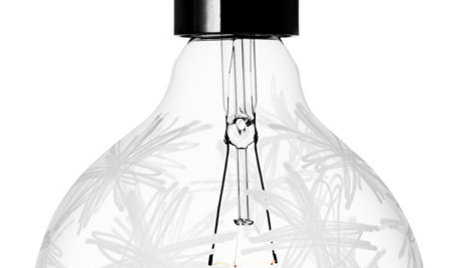
ACCESSORIESOn Trend: Bring Spring Indoors With Nature-Inspired Furnishings
Energize your home with patterns, materials and colors borrowed from the outdoors, no matter what the weather is doing
Full StorySponsored



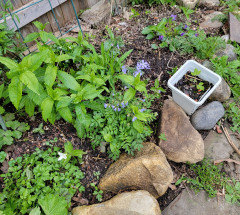
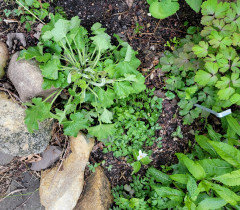










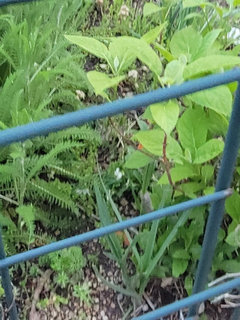







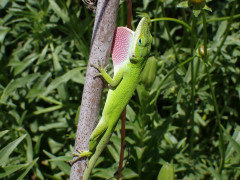





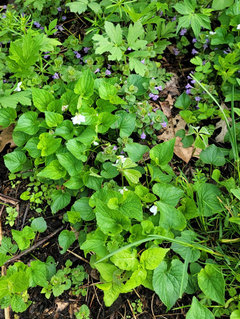




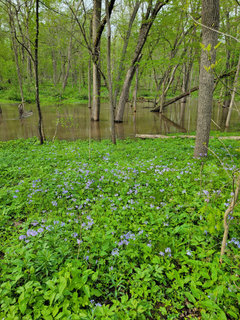








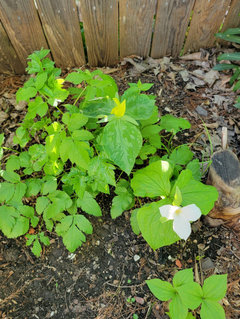





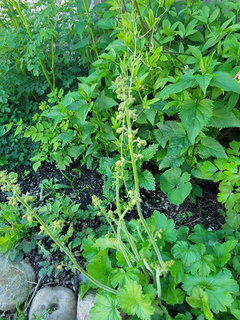
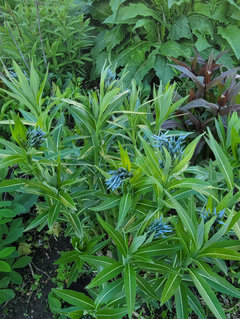
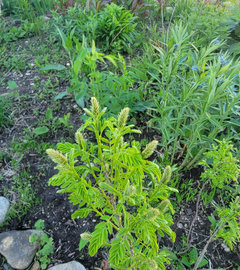

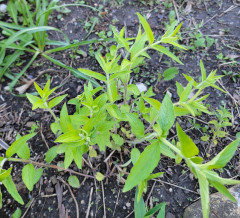
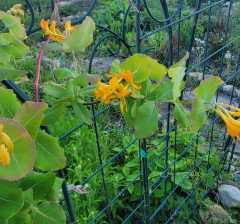







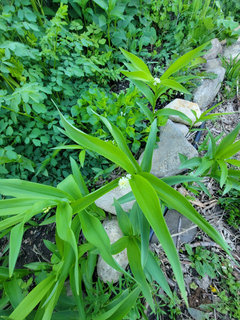

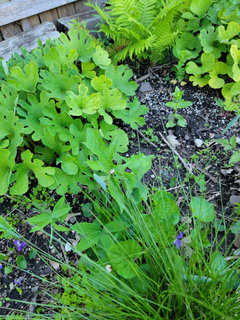



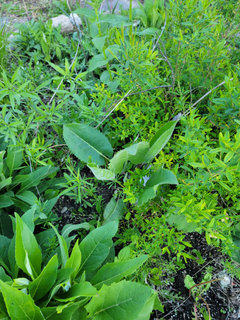

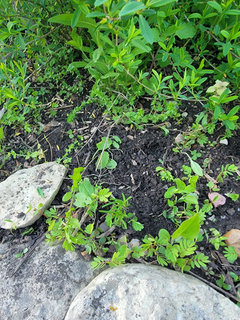

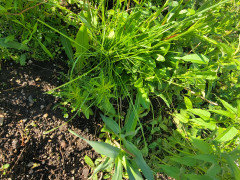

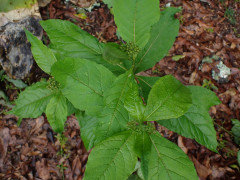
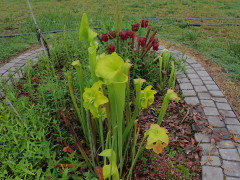
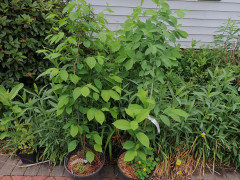
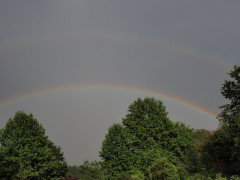





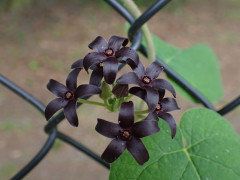
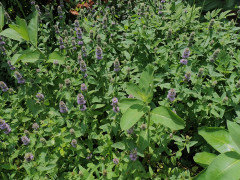

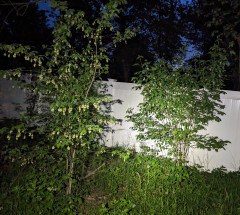

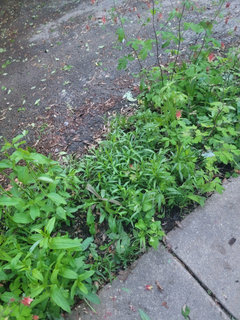
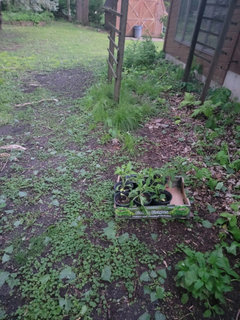
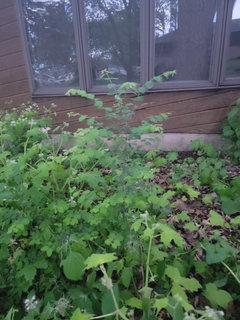
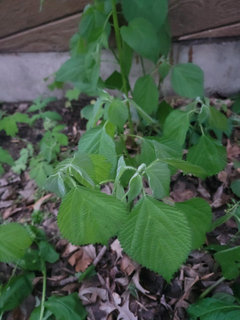
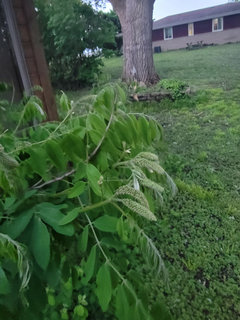

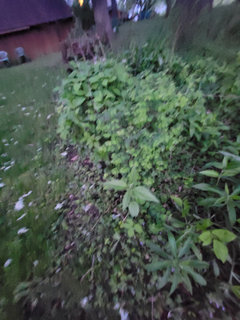

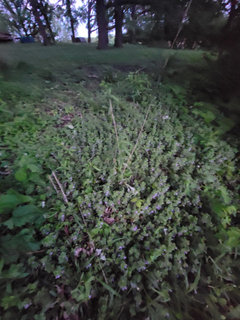

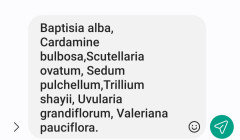
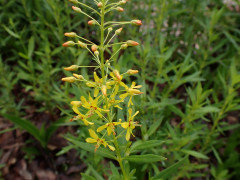

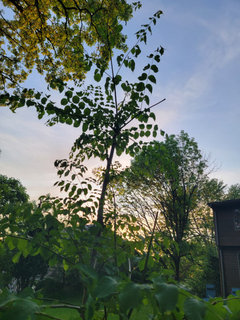

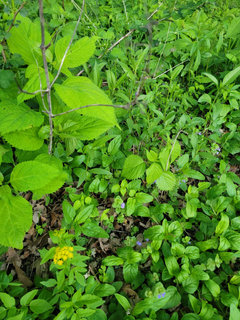
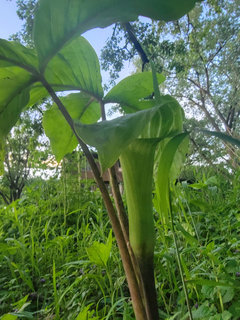

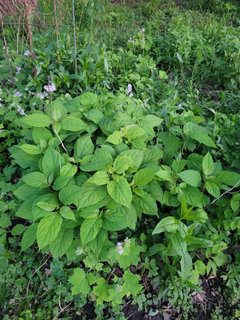
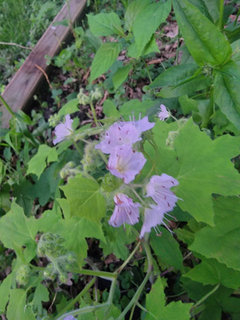
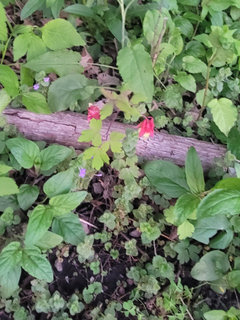
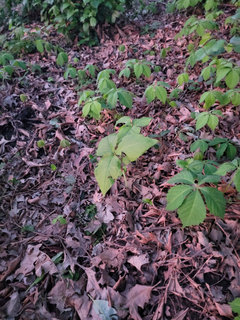
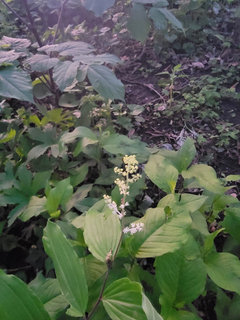
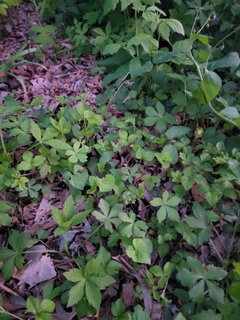
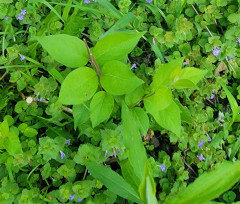
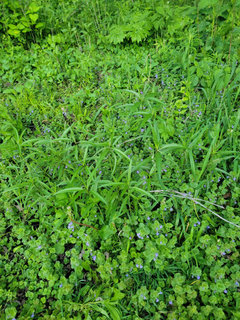
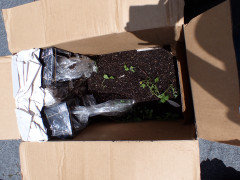
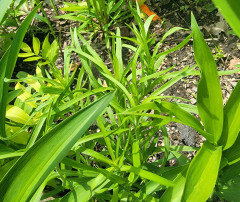

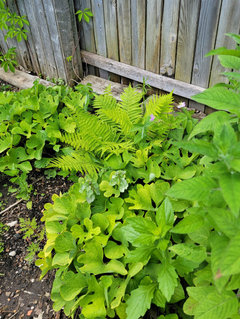

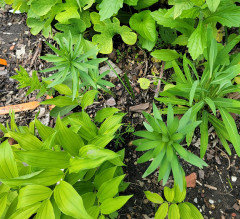
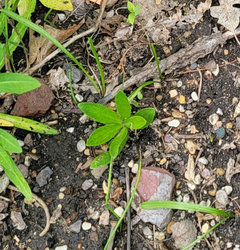
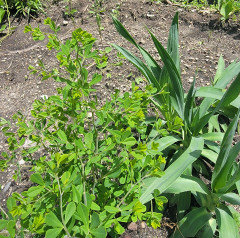
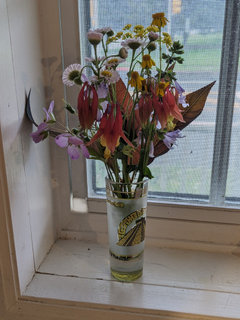


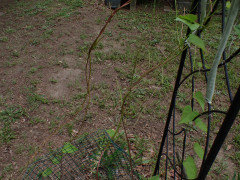
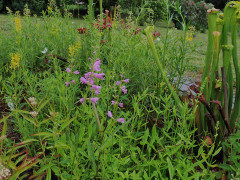



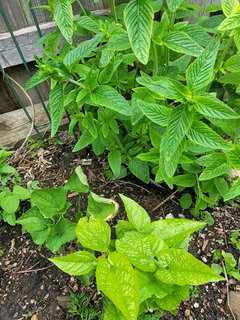
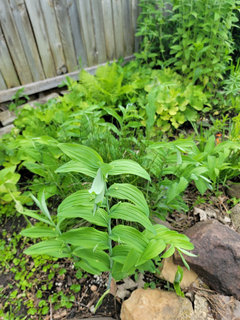
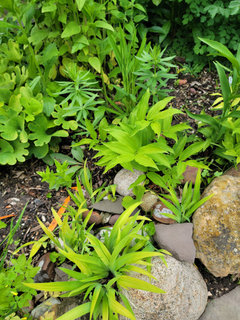
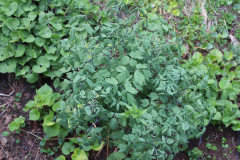
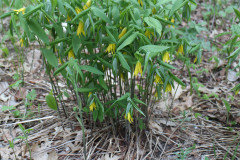

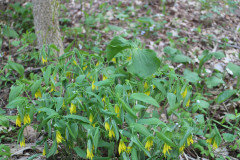
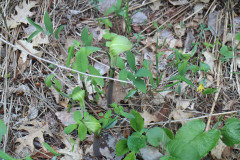
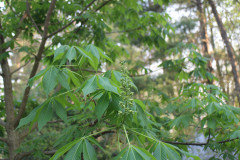
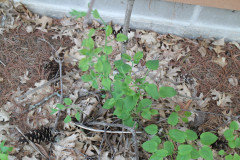
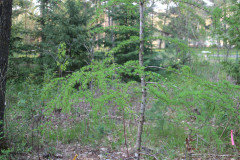
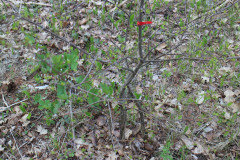
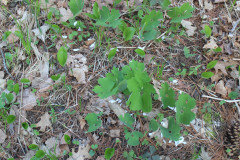
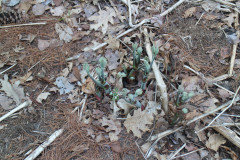
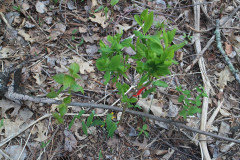
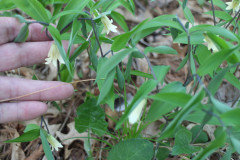

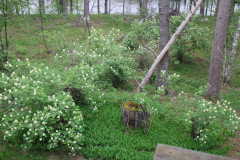
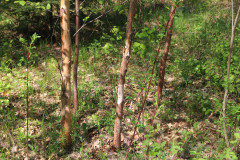
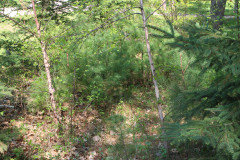
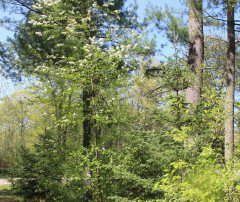



Jay 6a ChicagoOriginal Author